What Does it Cost to Self-Build?
Getting your sums right is vital when you are building your own home. You don’t want to run out of money when you are halfway through fitting the roof. Provided you spend time at the outset doing your homework, though, there’s no reason why the finances should cause you any problems.
The first thing to do is to work out exactly what you are going to need and how much it will cost. Then add on a sizeable contingency fund – at least 10 per cent – just in case things take longer and cost more than you first anticipate.
Building costs
When it comes to working out how much a house would cost to construct, you take the size of the home – in this case 170m² – and multiply it by the industry ballpark figure of £750 per m² and the cost is £127,500. If you wanted to build to a higher specification, then you would increase the £ per m² figure.
During this phase you will be paying for materials, trade and professional services. Labour costs vary enormously, and expect to pay at least 10 per cent more if you are building in the London area. An architect or architectural technologist will usually charge around 10 per cent of the build cost.
Preliminary costs |
BuildStore estimates that preliminaries would run to around £8,500 for a 170m² house, broken up as:
|
Don’t forget to include external works. This will mainly relate to the landscaping of the property, and can cost around £15,000. The fencing around a plot will cost approximately £4,000, and to install a drive would be anything from £4,000 to £10,000.
You will also need Building Control to periodically inspect your project’s development. This usually costs around £500. Warranty insurance is also recommended to cover yourself against any defects in the design or materials. As with other buildings insurance, the cost depends on the type of build and the location, rather than being set as a standard fee.
To work out the cost of the build, BuildStore has a useful set of calculators based on the type of construction. Even so, these cannot factor in the exact costs of building in your area – that’s down to you. One way to get a rough cost of building in the locality is to research a few new homes in the area. Discretely ask about build costs and house sizes and then work out the cost per m² of these.
You may find it helpful to use home computer budgeting software, such as Easy Price Pro, to get a more exact set of build costs. EstimatorXpress Lite, from HBXL, for example, is £539 plus VAT.
Land matters
It’s worth noting that the biggest single impact on your costings will be the cost of the land. It’s likely to be 30-40 per cent of your overall budget. Of course, how much this will be depends on where you want to live. The average price for a similarly sized plot can vary from £30,000 to £200,000, depending on the area in which you want to build.
To assess how much this will affect your budget, look in the local papers, talk to local estate agents and use websites, such as www.plotsearch.co.uk and www.uklanddirectory.org.uk, to find out how much land is in the area. Also, drive round and see if you can find a site you like. You can then find out who it is owned by, via the Land Registry at a cost of £3, and approach them directly to see if they will sell.
Before you buy, it makes sense to assess the land. “There are things you can do to keep initial costs down. Find out if the site is in a conservation area, because this can add to your build costs. Does the house have a good aspect? If you buy a cheap site, this will bring down its resale value, because a poor aspect is not likely to be as attractive to future owners. Are there any issues with rights of access? What about highway issues?” says Adrian Wild, managing director of self-build software firm HBXL. “You need also to bear in mind that slopping sites are more expensive to build on. Trees can give problems with subsidence or heave.”
It may be that some sites are not suited to developers, but are to an intrepid self-builder. For example, a site with a tree with a preservation order on it that partially blocks the site may be fine for your purposes. Awkward sites nearly always sell cheaper than the norm and may just need a more adventurous house design than is usual.
When you find a plot, it’s worth getting something in writing from the utility suppliers very early on to be sure of exactly what services they can supply to your proposed property. Once you are happy with the site, you need to get site insurance, which protects you against people getting hurt on site – public and employer liability cover – plus cover for tools and materials and the structure itself as it goes up.
Borrowing money
Don’t be alarmed if you don’t have all the cash up front; most people don’t. These days, it’s easier to self build because of the affordability of borrowing. Self build mortgages can be competitive, with interest rates at around 5.5 per cent plus. You can choose from a wide range of different loans, from tracker to fixed rates.
Don’t forget to allow for arrangement fees which, on average, cost £300-£500. A further fee is payable, based on the size of the loan, if you want to receive the staged payments in advance of the work being carried out, instead of in arrears. If you chose the arrears route, you will need each stage approved, which can cost a few hundred quid.
There is a lot to factor in, but if you plan well, it can all come in on time – and on budget.
 For an accurate and detailed way to predict your self build costs check out the Build It Estimating Service. It offers a tailored and user-friendly way to calculate costs and quantities, converting plans into an accurate estimate for your self build. For an accurate and detailed way to predict your self build costs check out the Build It Estimating Service. It offers a tailored and user-friendly way to calculate costs and quantities, converting plans into an accurate estimate for your self build.
|
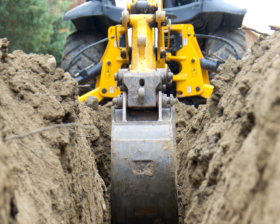
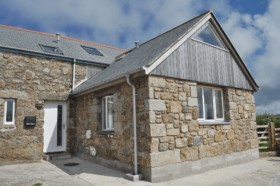






























































































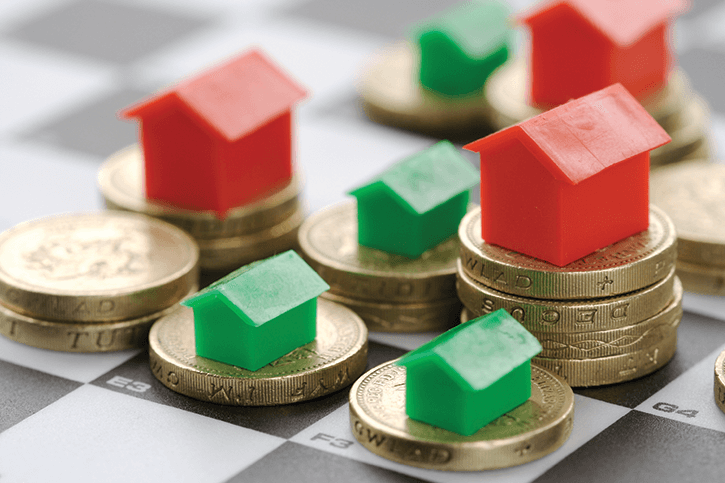
 Login/register to save Article for later
Login/register to save Article for later

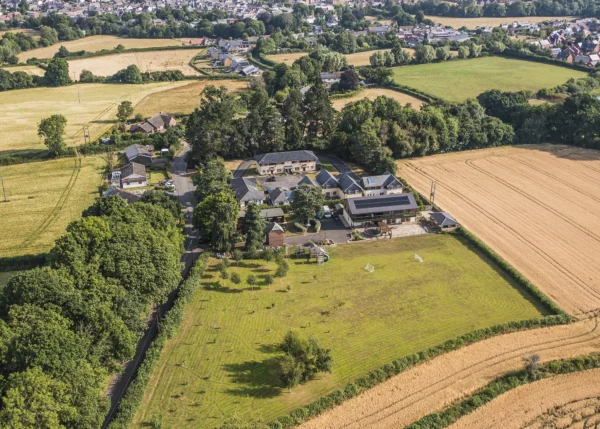

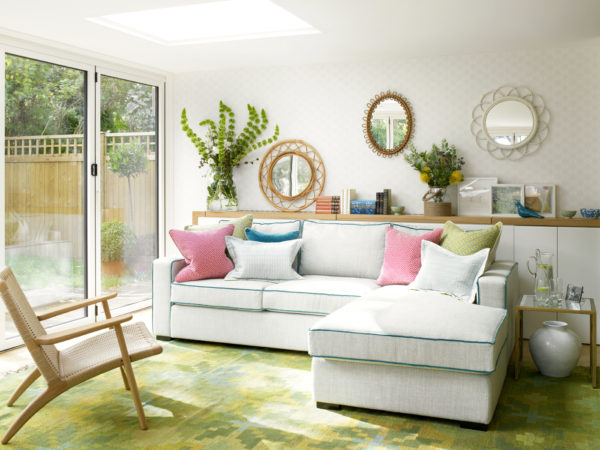

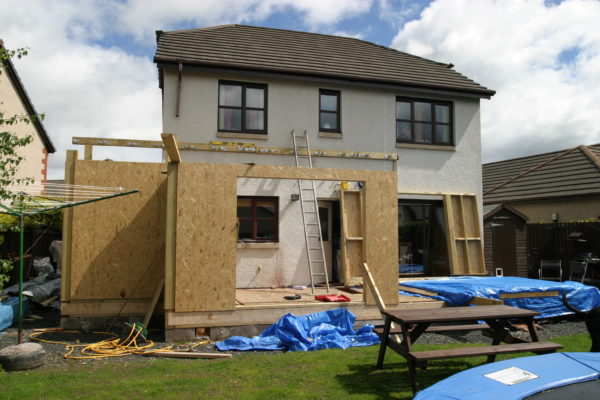




Comments are closed.